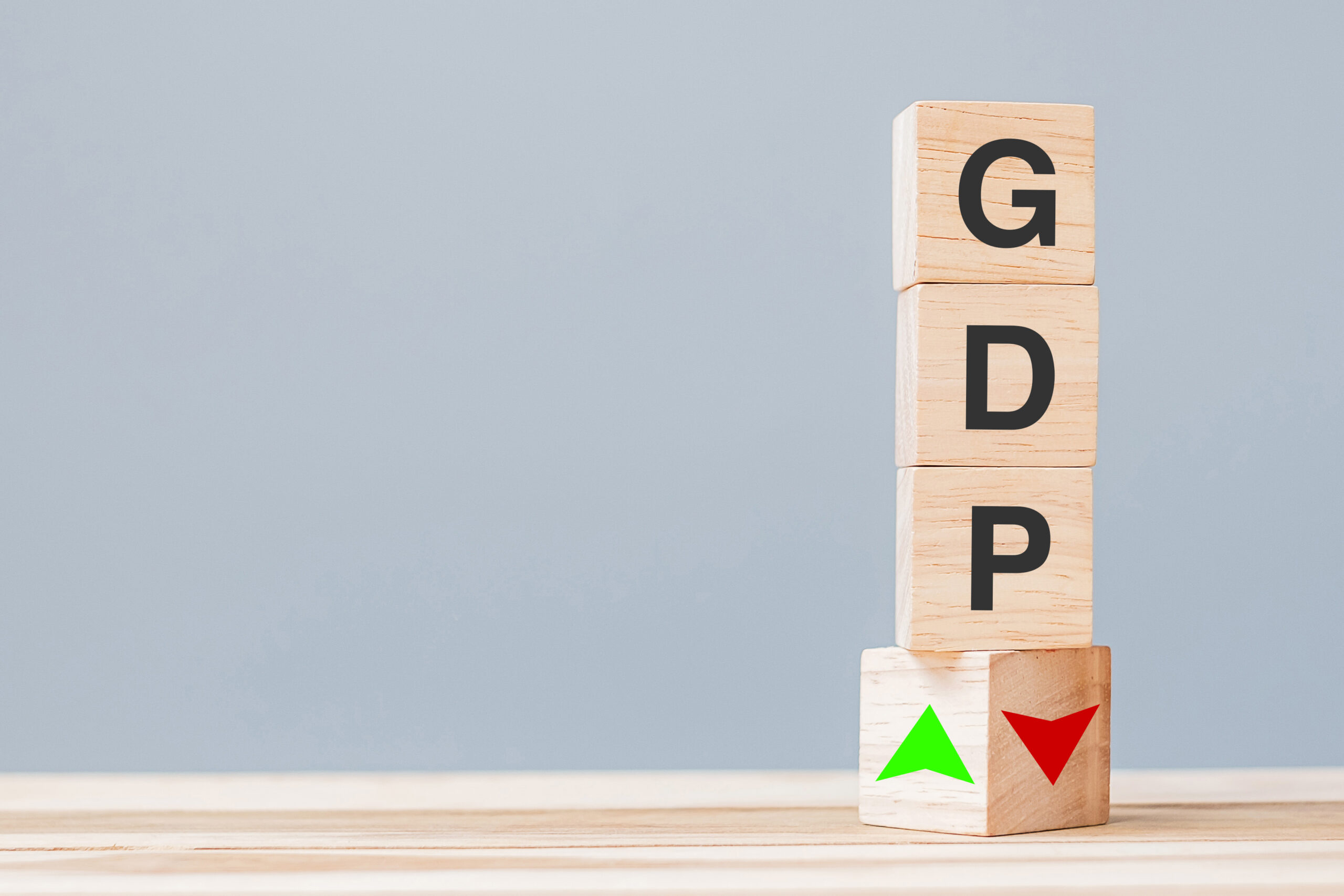Are the new GDP figures good news or should we still worry about growth?

The GDP increase is good news, but Eskom is hindering growth, economists say after Statistics South Africa announced on Tuesday that GDP increased by 1.9% in the first quarter of 2022.
GDP is at pre-pandemic levels for the first time, but nothing is back to normal yet due to load shedding.
According to Statistics SA, the manufacturing industry increased by 4.9%, contributing 0.6 of a percentage point to gross domestic product (GDP) growth, while seven of the 10 manufacturing divisions reported positive growth rates with petroleum, chemical products, rubber and plastic products contributing the most.
Food and beverages, basic iron and steel, non-ferrous metal products, metal products and machinery, and motor vehicles, parts and accessories and other transport equipment also contributed significantly.
ALSO READ: SA’s economy grows by 1.9% in first quarter of 2022
While the trade, catering and accommodation industry increased by 3.1%, contributing 0.4 of a percentage point, with increased economic activities reported for wholesale, retail and motor trades, as well as catering and accommodation services.
Another increase, of 1.7%, was recorded for the finance, real estate and business services industry which contributed 0.4 of a percentage, while increased economic activities were noted for insurance and pension funding, auxiliary activities, real estate and business services.
The personal services industry increased by 1.1% and contributed 0.2 of a percentage point, with increased economic activities reported for community and other producers. The transport, storage and communication industry increased by 1.8%, contributing 0.1 of a percentage point, with increased economic activities in land transport and communication services.
ALSO READ: Cost of living could surge even more, unless GDP growth, private sector hiring accelerates
Other figures showed:
- Household final consumption expenditure increased by 1.4%, contributing 1.0 percentage point
- Transport increased by 2.8% and contributed 0.4 of a percentage point
- Food increased by 2.5% and contributed 0.4 of a percentage point
- Restaurants increased by 6.5% and contributed 0.2 of a percentage point
- Communication increased by 2.4% and contributed 0.1 of a percentage point
- General government final consumption expenditure increased by 1.0%
- Total gross fixed capital formation increased by 3.6%
- A R4 billion drawdown of inventories
- Net exports contributed negatively to growth in expenditure on GDP
- Exports of goods and services increased by 3.9%
- Imports of goods and services increased by 4.9%.
ALSO READ: Economy report paints a bleak picture of SA’s future
Boom came after eight quarters
In response, research group Oxford Economics Africa said although the boom in the first quarter means that the South African economy has risen to pre-pandemic levels, it took eight quarters to get there.
“The stronger-than-expected growth implies a broad-based revision of analysts’ 2022 real GDP forecasts. Back-to-back quarters of solid economic growth is also encouraging and demonstrates tentative signs that the South African economy could crawl out of this low-growth trap.”
The group emphasises that the implementation of priority reforms is needed to unleash the economy, but actions from policymakers have so far been not too convincing. In addition, a highly uncertain geopolitical environment suggests that economic risks are to the downside over the coming quarters as South Africa’s economic momentum is likely to cool in the second quarter.
“Although the improvement in economic activity was accompanied by an increase in employment, the official unemployment rate remains far too high at 34.5%. We have said many times before that the medium-term growth rate would need to rise faster, by at least 2.5% to 3.0% per year over the next few years, for a sustained and gradual decrease in the unemployment rate.”
ALSO READ: Govt not taking Eskom’s pleas seriously, says Oberholzer as SA struggles with load shedding
Upside risks to GDP growth
Oxford Economics Africa also warns that the risk of unrest will remain high unless job creation picks up more rapidly. “Meanwhile, with inflation set to increase over the next few months, higher living costs together with limited job opportunities will be detrimental to South Africans in general and low-income households in particular.”
The group says that higher interest rates are also likely to be a drag on economic growth over the coming quarters, with the South African Reserve Bank forecast to lift the repo rate by another 50 basis points in the third quarter and 25 in the fourth quarter, with the repo rate ending the year at 5.5%.
ALSO READ: Joburg’s population up by almost 30% in 8 years, other metros not far behind
GDP growth cannot erase 2020
Prof. Jannie Rossouw, visiting professor at the Wits Business School, says growth of 1.9% is something to be happy about, but the population is growing at the same rate, cancelling it out. “Although growth has been sustained after the pandemic, it does not erase 2020.”
He says Eskom must function properly, law and order must be restored and municipalities must start performing and protect infrastructure if the country wants to see real growth. He also has a message for President Cyril Ramaphosa: “Better is not good enough.”
Prof. Bonke Dumisa, independent economic analyst, is also happy with the 1.9% growth, as he was worried when he looked at the monthly figures which were not promising at all. He also did not expect much as the first quarter is usually not so positive, although the preceding quarters were positive.
He also pointed out that it is the first time that only two sectors recorded negative figures. “However, we are not back to normal due to Eskom failures, but I hope we can keep the ball in the air.”
ALSO READ: SA’s economy shows fastest expansion since 2007, but we’re not in the clear yet
Impressed by manufacturing sector
Chifi Mhango, chief economist at the Don Consultancy Group, says the 1.9% is in line with expectations of a positive growth rate and it even surpassed the previous estimate of 1.2%. “We are highly impressed by the performance of the manufacturing sector, but disappointed with the performance of the mining sector which declined by 1.1%.”
He says the continued decline in the construction sector is also concerning as it is also now dominating in job shedding, losing 60,000 jobs in the same quarter. “This is the sector where government has put more emphasis when it comes to infrastructure investment and therefore, the current trend is worrying regarding signs of implementation of various projects.”
He says if only the challenges of costs, electricity supply and logistical inefficiencies can be sorted out, there is hope on the horizon. “These are our own goals being scored and requires a solution.”






